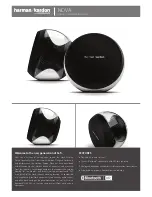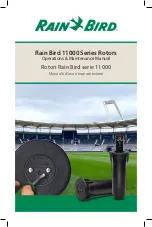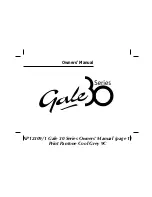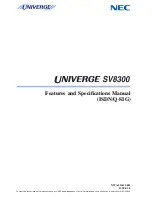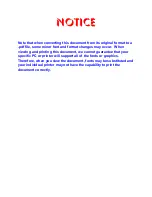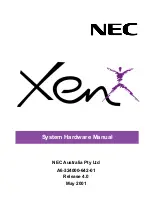
L-ACOUSTICS XT Manual V1.1
2/11/2003
26
4. SOUND DESIGN
4.1 APPLICATIONS
The art of designing a sound system is a profession in itself and a complete description of all sound
system design aspects is beyond the scope of this manual. If necessary, we recommend the use of a
specialized sound engineer or consultant since
the best products can produce the worst results if
improperly set-up.
In order to get the best results, it is important to follow correct sound design
principles, properly integrate your XT enclosures with subwoofers, use the correct power
amplification and use the correct OEM factory preset.
In general terms, 112XT or 115XT enclosures are intended for distributed sound reinforcement or
small to medium-scale Front-Of-House (FOH) applications. FOH applications include: theatres, clubs,
multi-purpose venues or corporate events. Distributed applications include: delay rings for large-scale
installations, surround effects channels for theatre / multimedia, distributed reinforcement for sports
venues or delays for speech reinforcement in convention centre ballrooms. Although optimized for
single operation in distributed configurations, XT loudspeakers can be used in vertical or horizontal
arrays of two enclosures to enhance either SPL or coverage.
Due to their compact, wedge-shaped format and axi-symmetrical directivity, 112XT or 115XT
enclosures also provide an exceptionally high performance floor monitor solution. When used in
conjunction with L-ACOUSTICS SB115, SB118, SB218 or dV-SUB subwoofers, the 112XT or 115XT
are also suitable for side fill and drum monitoring applications.
4.2 AIMING XT ENCLOSURES
Due to their controlled directivity behavior, XT enclosures should be aimed so as to geometrically
cover the desired audience area with the main zero degree axis roughly orientated towards the
middle or rear of the audience area. Since the wavefront radiated by an axi-symmetric sound source
has directivity that is smoothly increasing with frequency, this helps to match coverage, frequency
response and SPL to the acoustic environment of a typical auditorium. Normally, the reverberation
time in auditoria decreases smoothly above 1 kHz and at greater distances in the venue, the low
frequency energy is fairly constant due to the reverberant field. Loudspeaker focus or aiming should
be adjusted so that maximum HF energy is directed towards the farthest listening areas – this helps to
balance the SPL attenuation with distance that occurs in the direct field. At closer listening positions,
the off-axis attenuation at higher frequencies provides a similar tonal balance and the overall SPL
attenuation with distance is less.
Although XT enclosures have controlled directivity attenuation properties it is important not to have
the closest members of the audience too close to the system (i.e., in order not to produce excessive
sound pressure levels up close). Ideally, the ratio between the shortest and the furthest distance
covered should not exceed 1:4 and in order to achieve this, it is often desirable to fly the system.
However, when XT enclosures are flown and the audience seating area begins very close to the stage,
it is oftentimes necessary to use distributed front-fill speakers (for example, L-ACOUSTICS
MTD108a) or a ground stacked left/right XT stereo infill system in order to improve coverage and
image localization for the first rows of the audience.
Summary of Contents for 112XT
Page 1: ...Version 1 1 February 2003 L ACOUSTICS XT LINE 112XT 115XT OPERATOR MANUAL...
Page 3: ...L ACOUSTICS XT Manual V1 1 2 11 2003 2...
Page 45: ...L ACOUSTICS XT Manual V1 1 11 02 03 44 Figure 21 112XT Line Drawing...
Page 49: ...L ACOUSTICS XT Manual V1 1 11 02 03 48 Figure 26 115XT Line Drawing...































